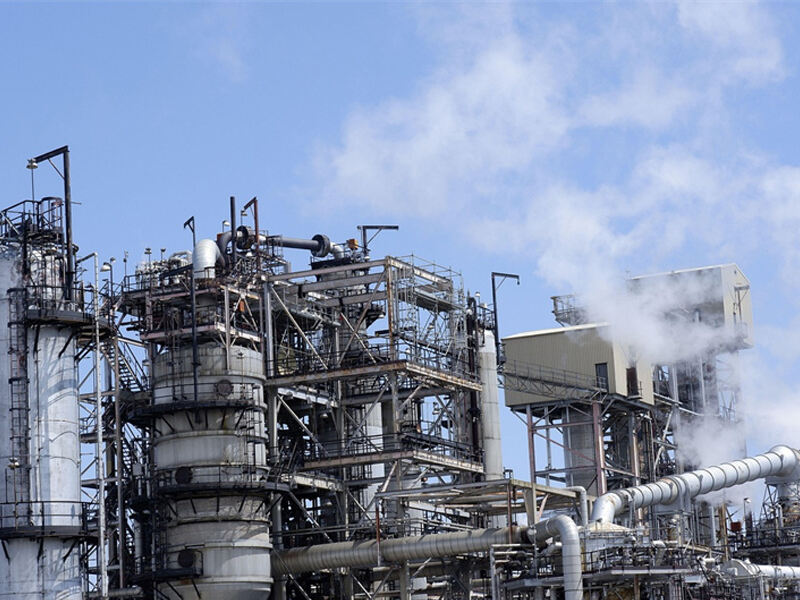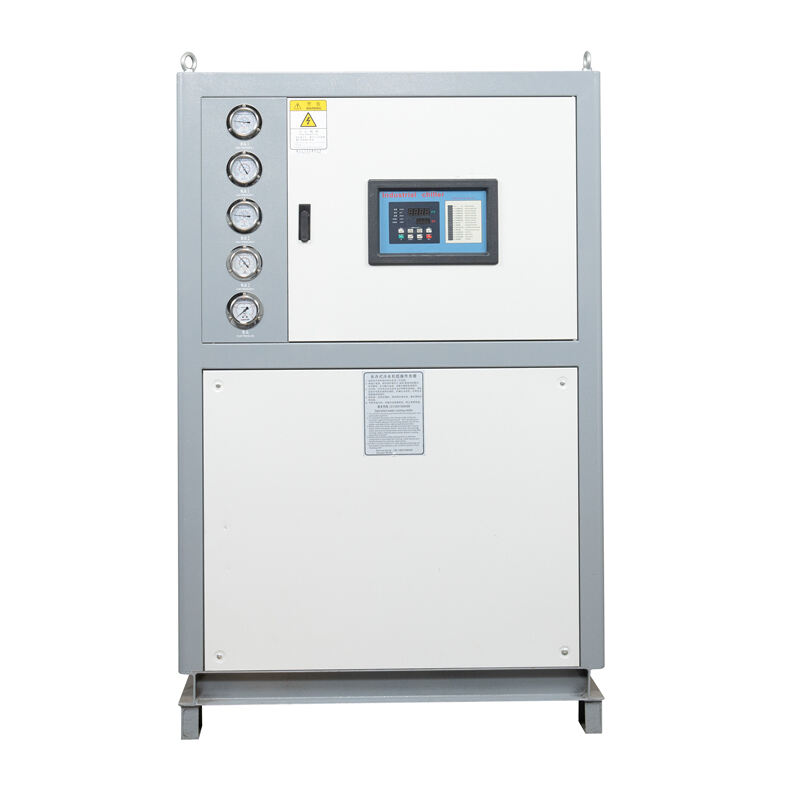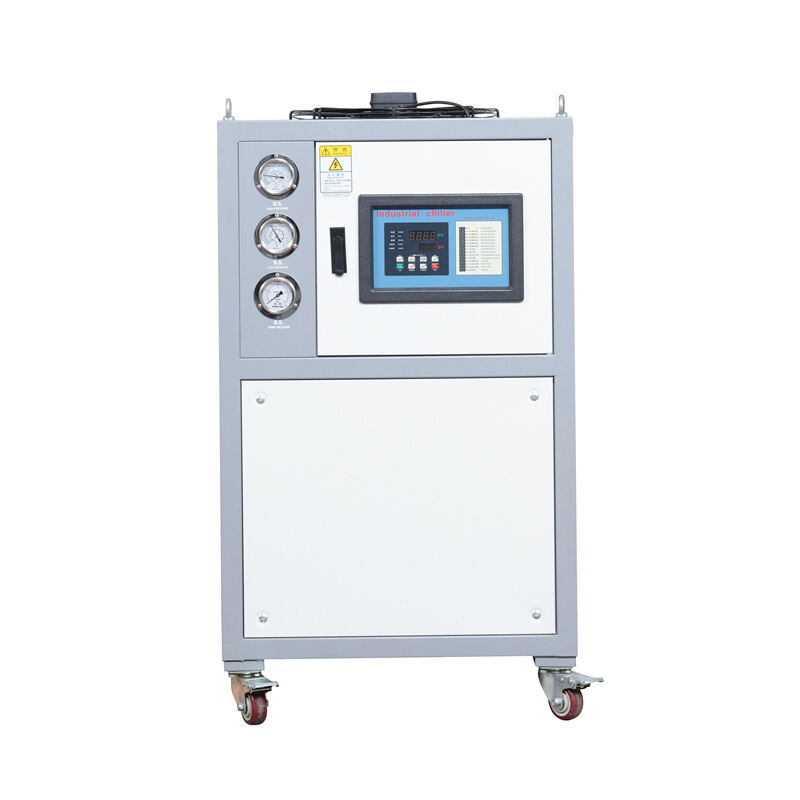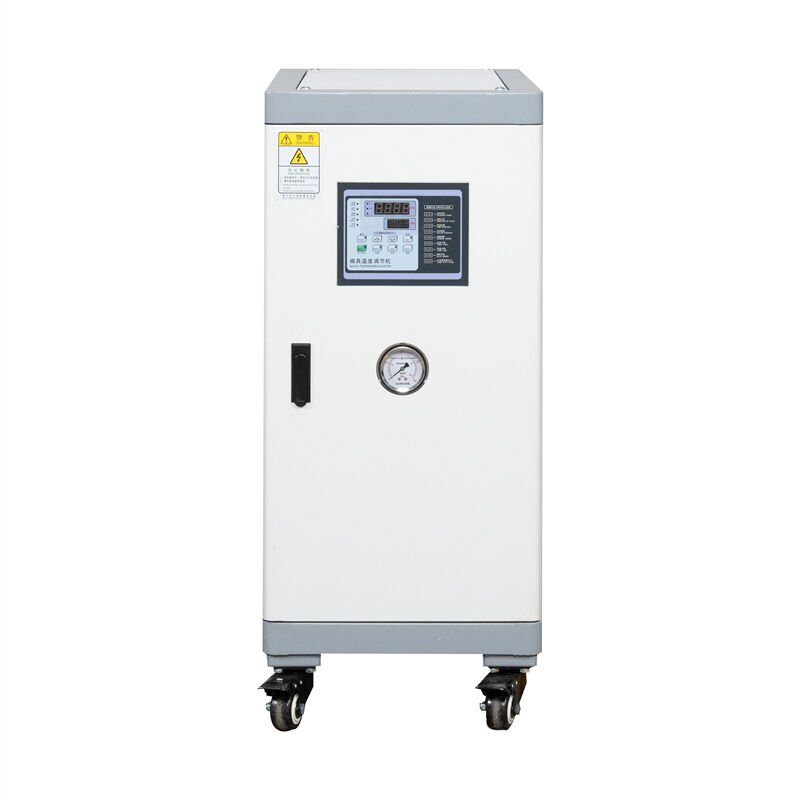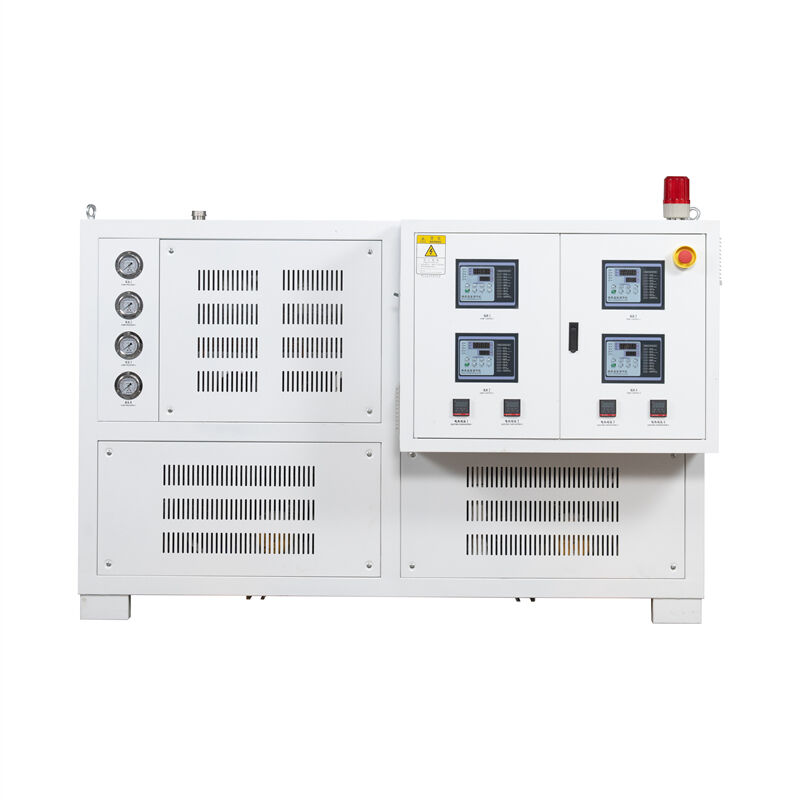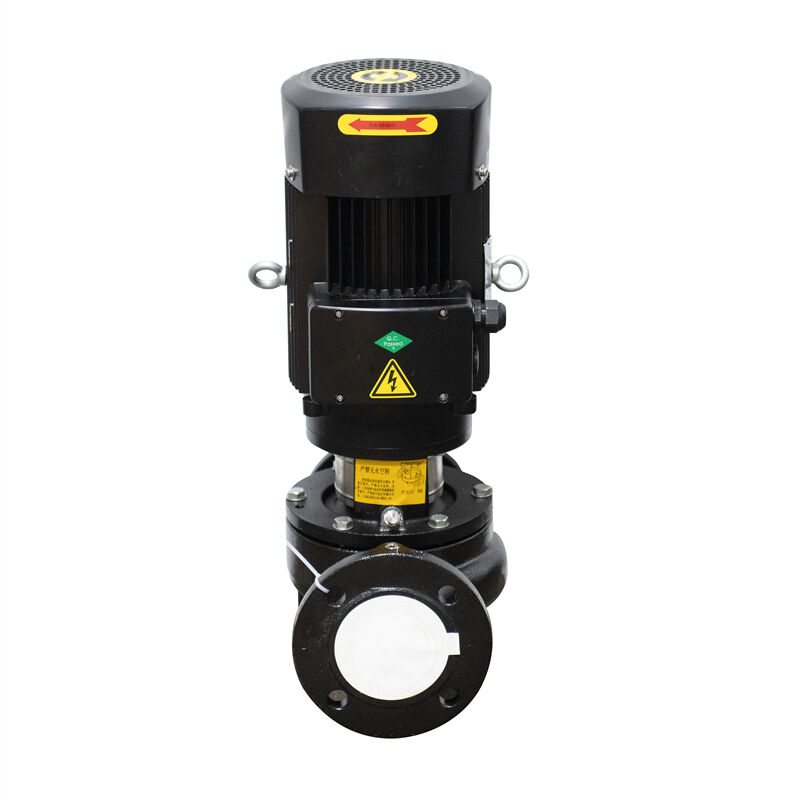Flooring Molds
In the flooring industry, whether producing wood-plastic composites (WPC), stone-plastic composites (SPC), laminate, or injection-molded flooring components, consistent quality and dimensional accuracy are key. One often overlooked but mission-critical component in achieving this consistency is the mold temperature controller (also known as a mold temperature machine or mold heater chiller unit).
Why Mold Temperature Control Matters in Flooring Mold Applications
Flooring production molds—especially those used for extrusion, compression, or injection molding of decorative textures and locking systems—require precise and stable temperature control for several reasons:
1. Dimensional Stability: Temperature fluctuations in molds can lead to warping, shrinkage, or poor fit of interlocking floor panels.
2. Surface Finish Quality: Uneven mold temperatures result in surface defects like flow marks, gloss inconsistency, or cold joints—issues that are unacceptable in high-end flooring.
3. Cycle Time Optimization: Proper mold heating and cooling allows faster cycle times while maintaining quality, which is vital for mass production.
4. Mold Protection: Thermal shock and temperature imbalance can shorten the mold’s service life and increase maintenance costs.
Choosing the Right Mold Temperature Controller for Flooring Molds
For flooring mold applications, especially those involving large-area molds or multi-cavity tooling, the mold temperature controller needs to meet several performance requirements:
• Wide Temperature Range: Depending on the flooring material (e.g., PVC, PE, PU, etc.), required mold temperatures can range from 60°C to 180°C or higher.
• Precise Temperature Accuracy: ±0.5°C control precision ensures uniform part quality and reduces scrap rate.
• High-Flow Rate Pump: Large molds require high-flow pumps to maintain thermal uniformity across all heating channels.
• Dual Circuit or Multi-zone Control: For molds with independent heating zones, dual or multi-circuit systems provide targeted control and improve energy efficiency.
• Safety and Reliability: Over-temperature protection, low-flow alarms, and reliable controllers (e.g., Siemens, Omron) are essential for 24/7 production environments.
Oil vs. Water Mold Temperature Controllers
Depending on temperature requirements and production process, either water-type or oil-type mold temperature controllers can be used:
• Water-type MTCs are suitable for applications up to ~120°C. They are energy-efficient and environmentally friendly.
• Oil-type MTCs can reach temperatures up to 350°C and are ideal for high-temperature engineering plastics or composite molds.
Typical Configuration Example:
• Model: Dual-zone oil mold temperature controller
• Temperature Range: Ambient to 250°C
• Heating Capacity: 36 kW
• Pump Flow Rate: 120 L/min
• Communication: Optional Modbus/RS485 for integration with production lines or MES systems
• Applications: WPC flooring, SPC flooring, PU moldings, laminates
Conclusion: Investing in Better Mold Temperature Control = Better Flooring Quality
In an industry where appearance, durability, and precision are non-negotiable, the right mold temperature control system can significantly reduce scrap, increase productivity, and ensure consistent product quality.
If you're a flooring mold manufacturer or production line integrator seeking a customized, high-performance mold temperature control solution, contact us today. We specialize in temperature control systems tailored for large molds and continuous production.
